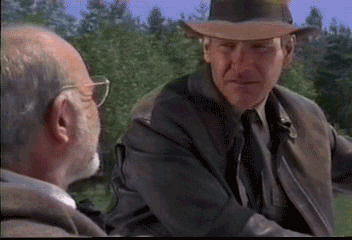ronaldrothb49
45 Cal.
- Joined
- Oct 31, 2021
- Messages
- 759
- Reaction score
- 1,323
while there were some flintlocks that got converted to percussion I don't buy that everyone rushed out to do that. If that had happened there would be very few original flintlocks that survived. According to info in Thoughts on the Kentucky Rifle in the Golden age Kindig lists info from Leonard Reedy's Journals which covers the period from 1819 to 1838. There are no entries that would indicate he ever made a caplock or even converted one. There are only 2 entries that would indicate he repaired a percussion gun. There was no mass marketing back then so I seriously doubt there was any mad rush to convert their rifles. As others have pointed out there was no standard back then. If you look at technology today most of the people who jump on the latest new tech are buying problems because the bugs haven't been worked out yet.
J Henry and Sons were a major supplier to the fur companies. According to Charles Hanson III they didn't come out with a percussion rifle until 1840 and that was their Lancaster pattern which was a full stock. They didn't come out with a half stock until 1856 and even then it was half the price of a Hawken and they still were making flintlocks.
It gets me how so many claim every one wanted a Hawken like they were some kind of magical rifle. There was no mass marketing back then. I doubt seriously that unless you lived within 100 miles of Saint Louis or had gone through there on your way west you probably didn't even know a Hawken Rifle existed. Reality during that time period anywhere rifles were being made you see half stocks being made for a fraction of what they charged for a Hawken.
J Henry and Sons were a major supplier to the fur companies. According to Charles Hanson III they didn't come out with a percussion rifle until 1840 and that was their Lancaster pattern which was a full stock. They didn't come out with a half stock until 1856 and even then it was half the price of a Hawken and they still were making flintlocks.
It gets me how so many claim every one wanted a Hawken like they were some kind of magical rifle. There was no mass marketing back then. I doubt seriously that unless you lived within 100 miles of Saint Louis or had gone through there on your way west you probably didn't even know a Hawken Rifle existed. Reality during that time period anywhere rifles were being made you see half stocks being made for a fraction of what they charged for a Hawken.









